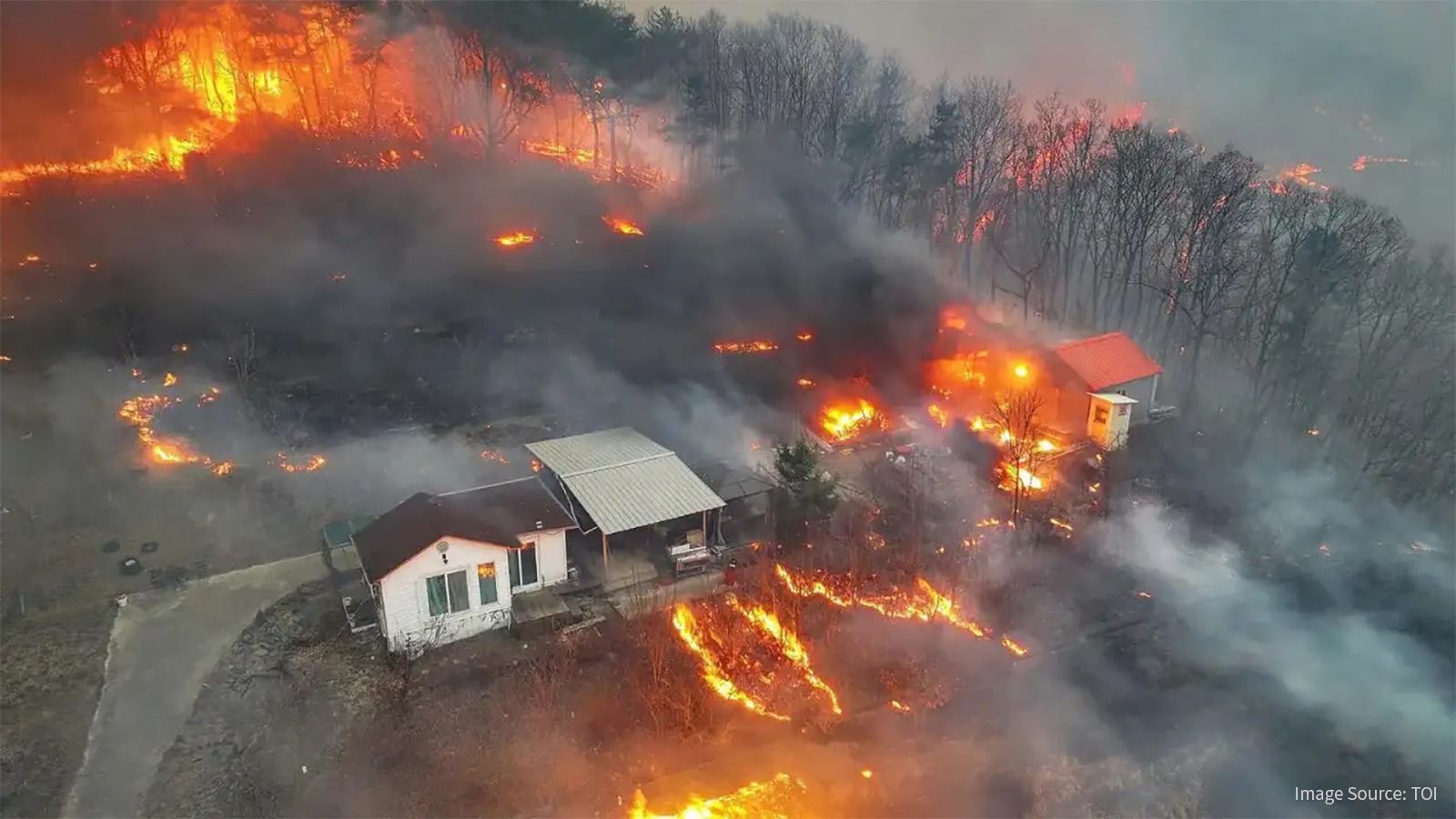Comprehensive risk analysis of the 26 June 2025 fire incident in Kwitang, Central Jakarta. Covers impact to residents, infrastructure, transport, utilities, business continuity, and historical risk pattern. Suitable for urban planners, facility managers, and emergency preparedness professionals.
Introduction
The fire in Kwitang, Senen District, Central Jakarta, is part of a recurring urban hazard profile dominated by short-circuit-triggered blazes in densely populated areas. Jakarta’s aging electrical infrastructure, proximity of residential units, and narrow access lanes often exacerbate fire risk and response timelines. This incident destroyed 20 homes and injured one person, reflecting a pattern of medium-to-high impact residential fires seen across the city.
What is Risk Analysis in the Context of Urban Fire Incidents?
Risk analysis for urban fire scenarios involves evaluating threats to life, property, continuity of operations, and municipal infrastructure. It supports proactive contingency planning for displacement, resource mobilization, and post-incident recovery, particularly in high-density informal settlements.
Executive Summary: High Risk Level
- Date of Incident: 26 June 2025
- Location: Kwitang, Central Jakarta, Indonesia
- Risk Category: Critical Infrastructure
- Severity Score: 4/5
- Confidence Level: 85%
Known Hotspots and Sensitive Areas
Sensitive areas include Jalan Kembang XI, Kwitang, and surrounding lanes near Jl. Prapatan. Similar fires have occurred in urban enclaves like Cipinang, Depok, Kelapa Gading, and Kemayoran, frequently resulting in injuries, displacement, and structural damage. These neighborhoods are vulnerable due to closely packed housing, lack of firebreaks, and informal electrical connections.
Impact on Transportation and Utilities
- Road Disruption: Localized road closures on Jalan Kembang XI and connecting lanes were implemented for emergency access. Broader arterial roads like Jl. Kwitang Raya remained open.
- Utility Damage: Power lines and water supply pipelines servicing the affected cluster were disrupted. Restoration is ongoing.
- Telecom Impact: Possible short-term outages of mobile/internet services in the immediate vicinity due to damaged infrastructure.
- Environmental Impact: Localized air pollution from smoke and debris, common in high-density urban fires.
Recommended Actions
- Establish and Drill Emergency Protocols: Conduct evacuation drills, designate assembly points, and ensure operational fire extinguishers. Train all personnel in basic fire response.
- Strengthen Electrical Infrastructure Audits: Enforce mandatory inspection of old wiring and panels. Conduct quarterly preventive maintenance, especially in older buildings and staff accommodations.
- Coordinate Internal Communication and BCP Measures: Activate employee safety check-ins and update stakeholders on any disruptions. Consider alternate working locations or enable remote work for affected staff.
- Engage Local Authorities for Real-Time Updates: Monitor inputs from BPBD DKI Jakarta and fire department for latest advisories on mobility, utilities, and housing rehabilitation.
Emergency Contacts
- Police: 110
- Fire Department: 113
- Ambulance: 118
- National Emergency: 112
Official Channels
Final Thoughts
The Kwitang fire exemplifies Jakarta’s chronic vulnerability to electrical fires in residential pockets. Though fatalities are rare, asset loss and displacement are common. Organizations with local presence should adopt a proactive mitigation stance upgrading infrastructure, coordinating with emergency services, and deploying continuity protocols to minimize disruption. Enhanced building code compliance and periodic electrical inspections can substantially reduce future risks.






